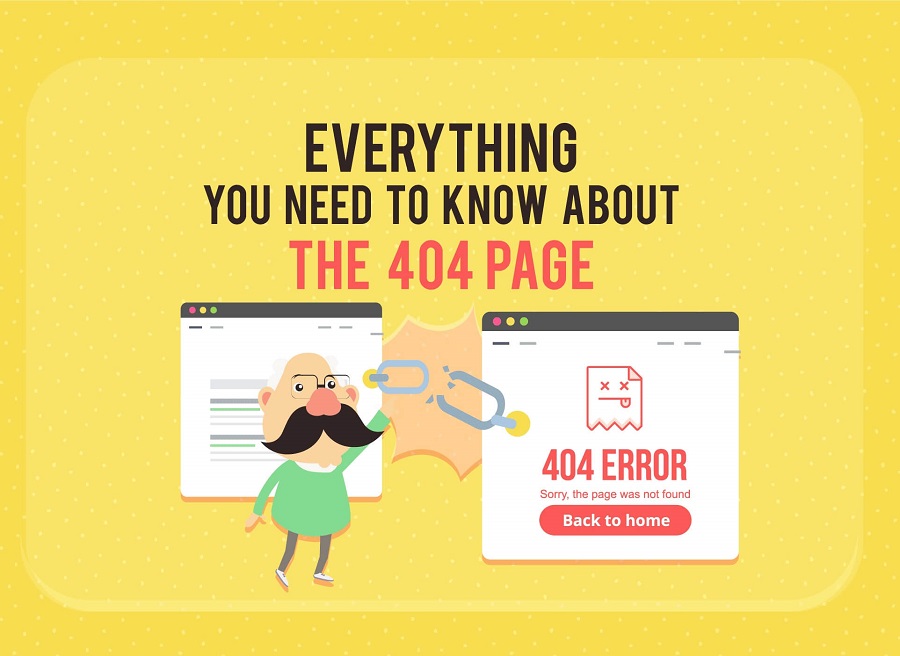
The 404 page, also known as the error page, is common when browsing the internet. It is displayed when a user tries to access a webpage that cannot exist or be found. This can happen due to various reasons, such as a broken link, a mistyped URL, or a deleted page. The purpose of the 404 page is to inform the user that the requested page is unavailable and provide guidance on what to do next. A well-designed 404 page can help retain users by providing a clear and helpful message and navigation options to other parts of the website. It is important for website owners to create a custom 404 page that aligns with their brand’s tone and style, ensuring a positive user experience even in the event of a missing page.
Many people overlook the importance of optimizing their 404 page when it comes to website optimization. HostPapa created an informative infographic that outlines the steps to optimize your 404 page. It provides tips on creating a custom 404 page, adding helpful navigation links, and incorporating a search bar to help visitors find what they’re looking for. By optimizing your 404 page, you can turn a negative experience into an opportunity to keep visitors on your site and guide them to other relevant content.





